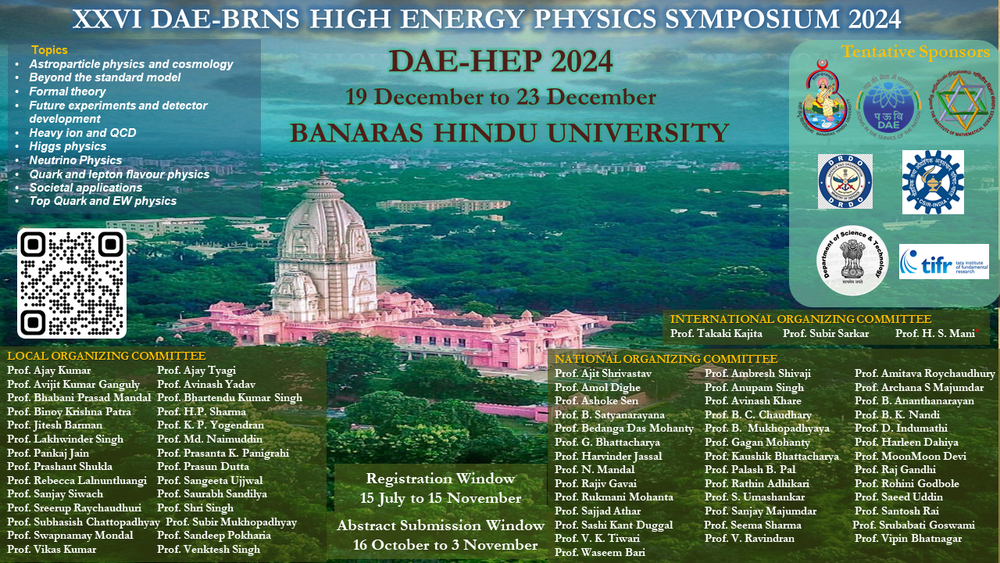Speaker
Description
A matrix model of Yang-Mills theory coupled to fundamental fermions, which captures key topological features of the full quantum field theory, has been proposed as a numerical approach to study the strong coupling regime of QCD, where nonperturbative effects dominate. Due to its quantum mechanical framework, this model is computationally less intensive than commonly used methods like Lattice QCD, while still preserving fundamental aspects of QCD, such as the chiral anomaly. Notably, the model has succeeded in accurately describing the mass spectrum of glueballs in the low-energy regime of pure Yang-Mills theory and predicting the light hadron spectrum with surprising precision.
The matrix model for the two-color QCD coupled to a single quark (matrix-QCD$_{2,1}$) exhibits novel features, such as the Pauli-Gursey symmetry. Using variational methods, we numerically investigate matrix-QCD$_{2,1}$ in the limit of ultra-strong Yang-Mills coupling ($g =\infty$). The spectrum of the model has superselection sectors labelled by baryon number $B$ and spin $J$. We study sectors with $B=0,1,2$ and $J=0,1$, which may be organised as mesons, (anti-)diquarks and (anti-)tetraquarks. For each of these sectors, we study the properties of the respective ground states in both chiral and heavy quark limits, and uncover a rich quantum phase transition (QPT) structure. We also investigate the division of the total spin between the glue and the quark and show that glue contribution is significant for several of these sectors. For the $(B,J)=(0,0)$ sector, we find that the dominant glue contribution to the ground state comes from reducible connections. Finally, in the presence of non-trivial baryon chemical potential $\mu$, we construct the phase diagram of the model. For sufficiently large $\mu$, we find that the ground state of the theory may have non-zero spin, indicating a phase reminiscent of the LOFF phase in two-color QCD.
| Field of contribution | Theory |
|---|

